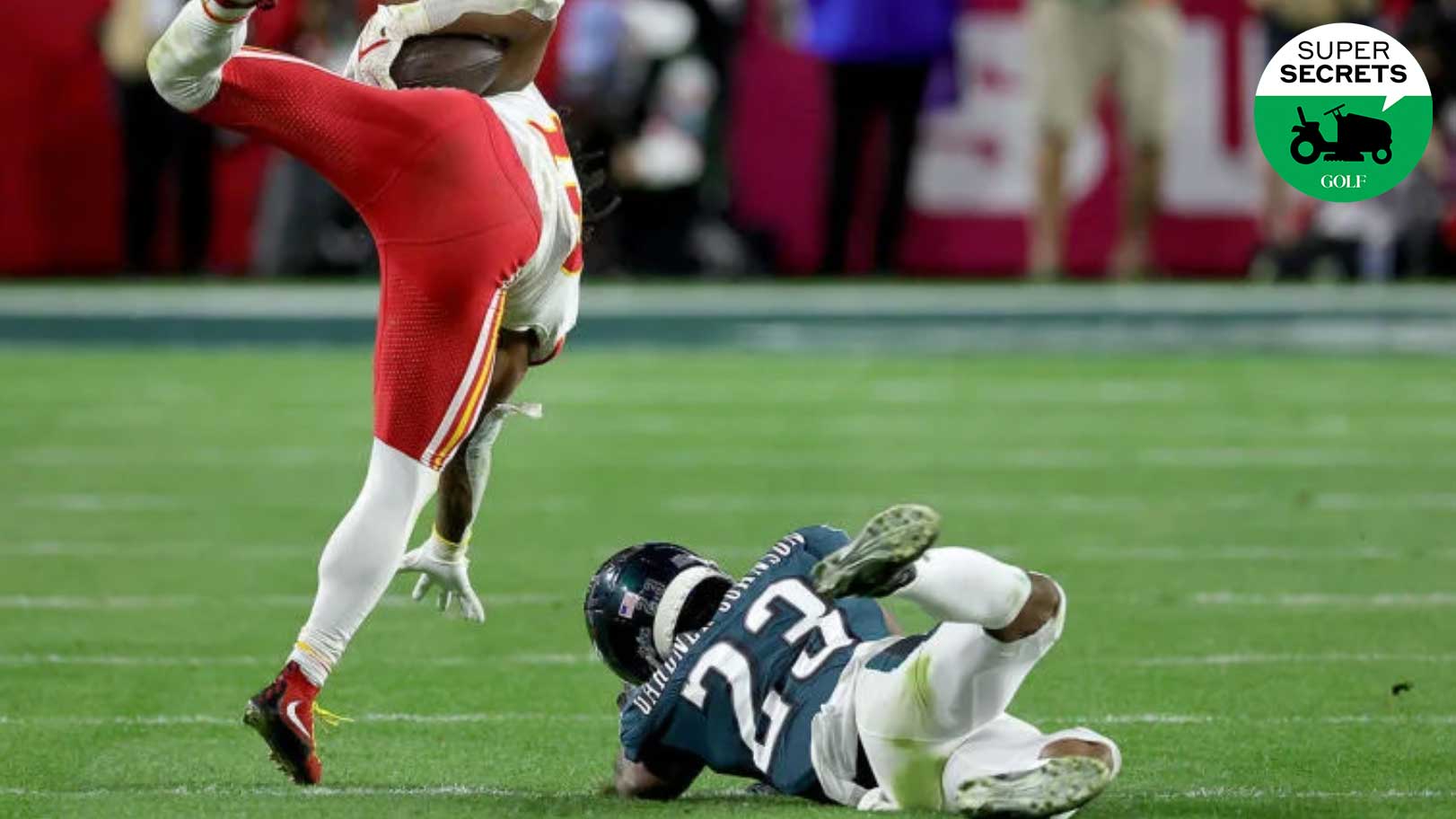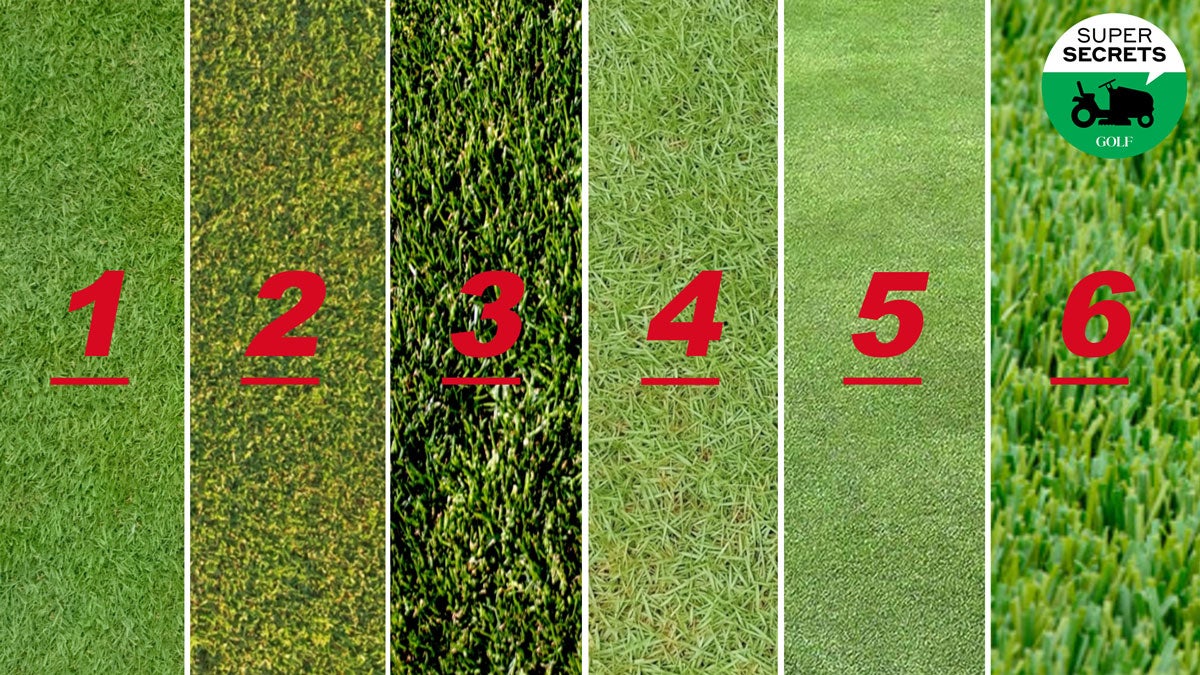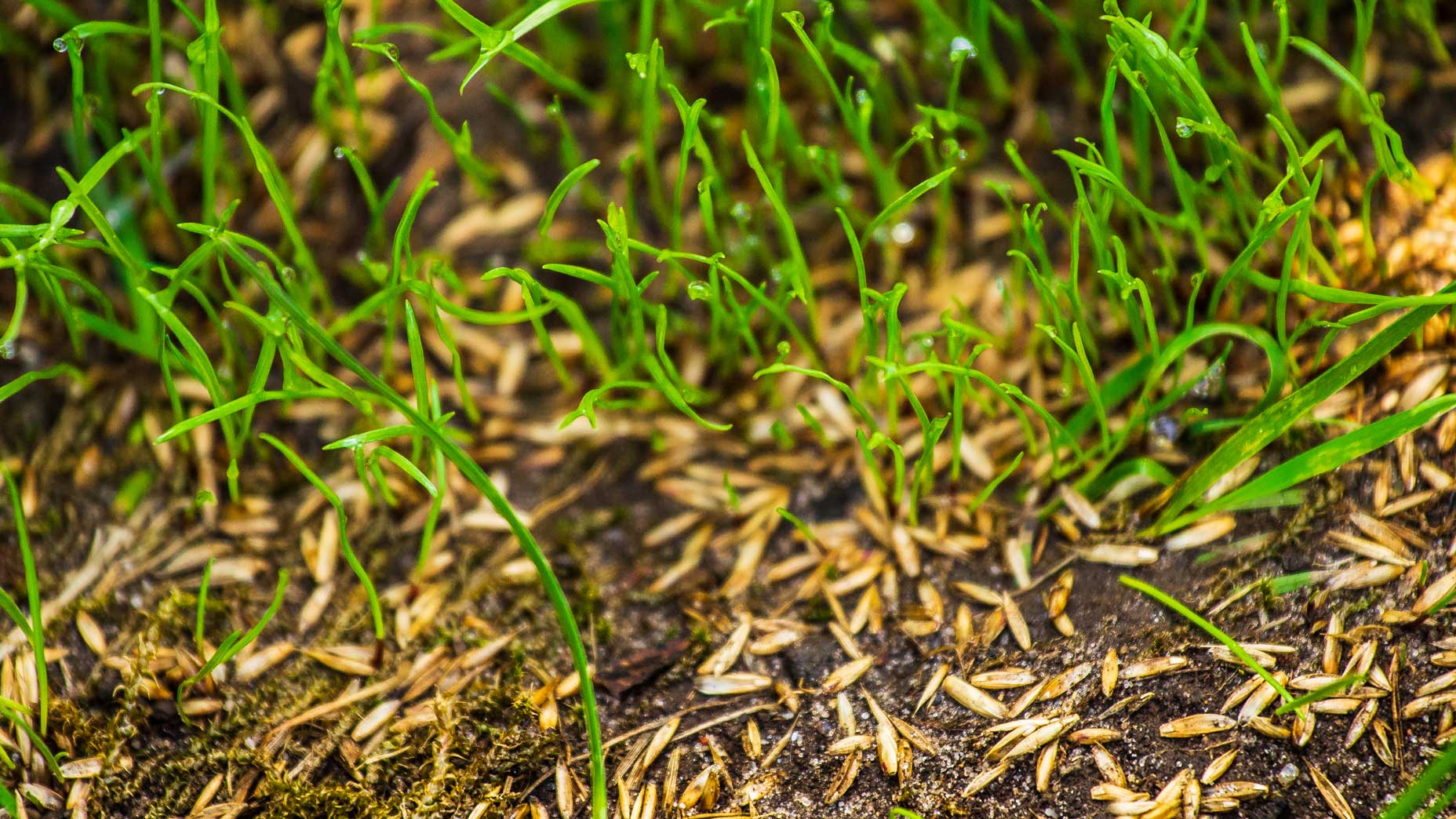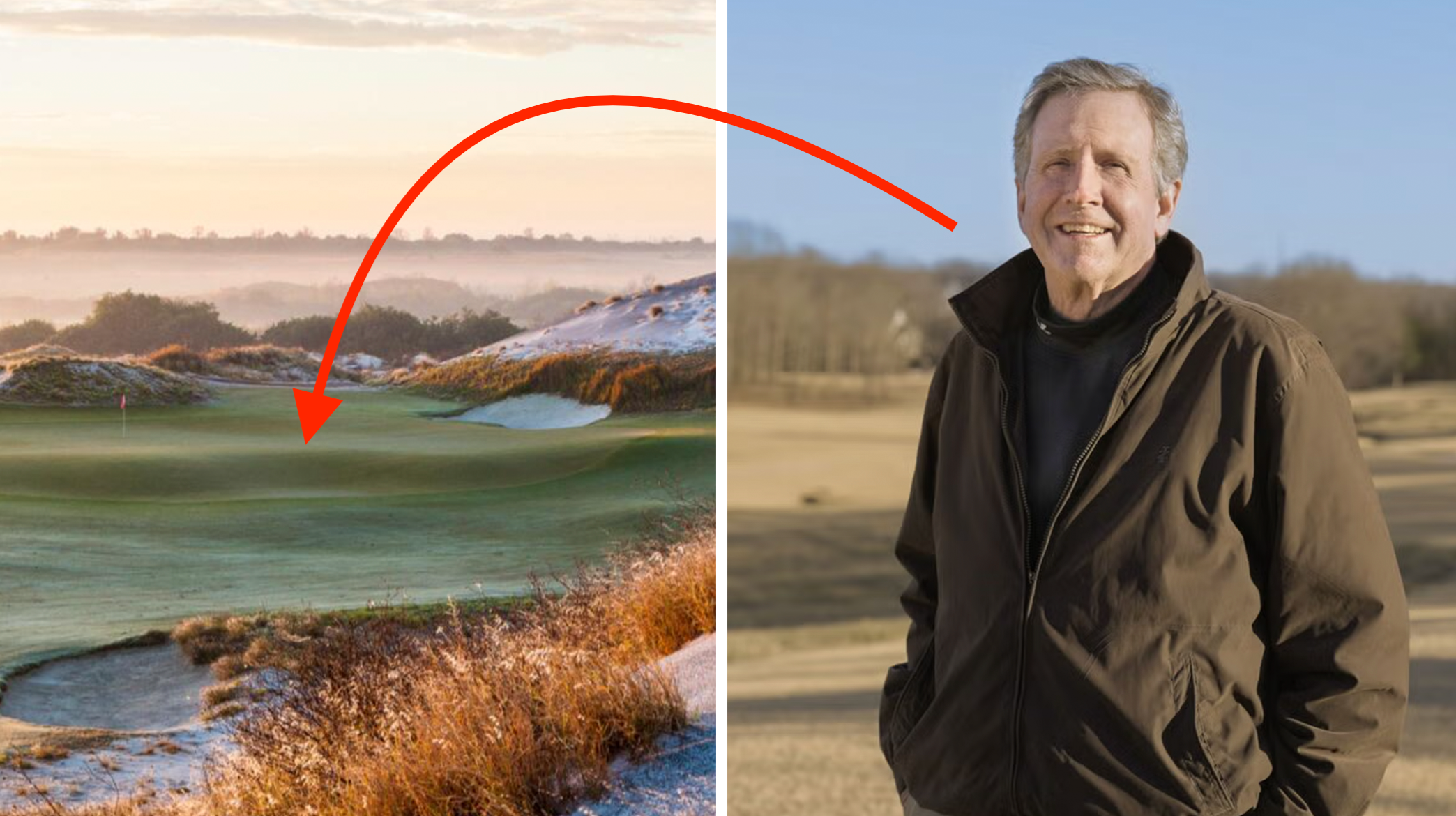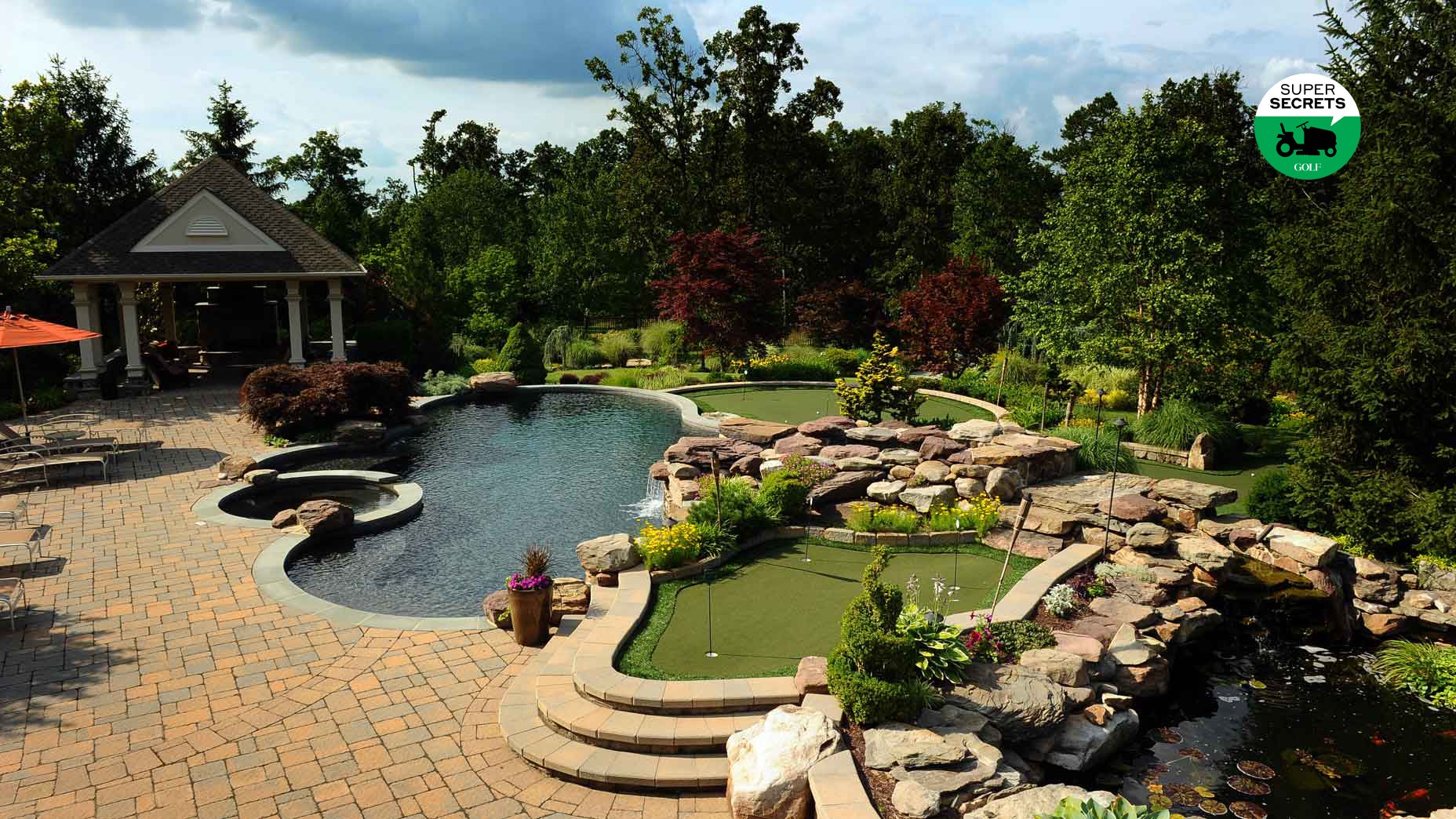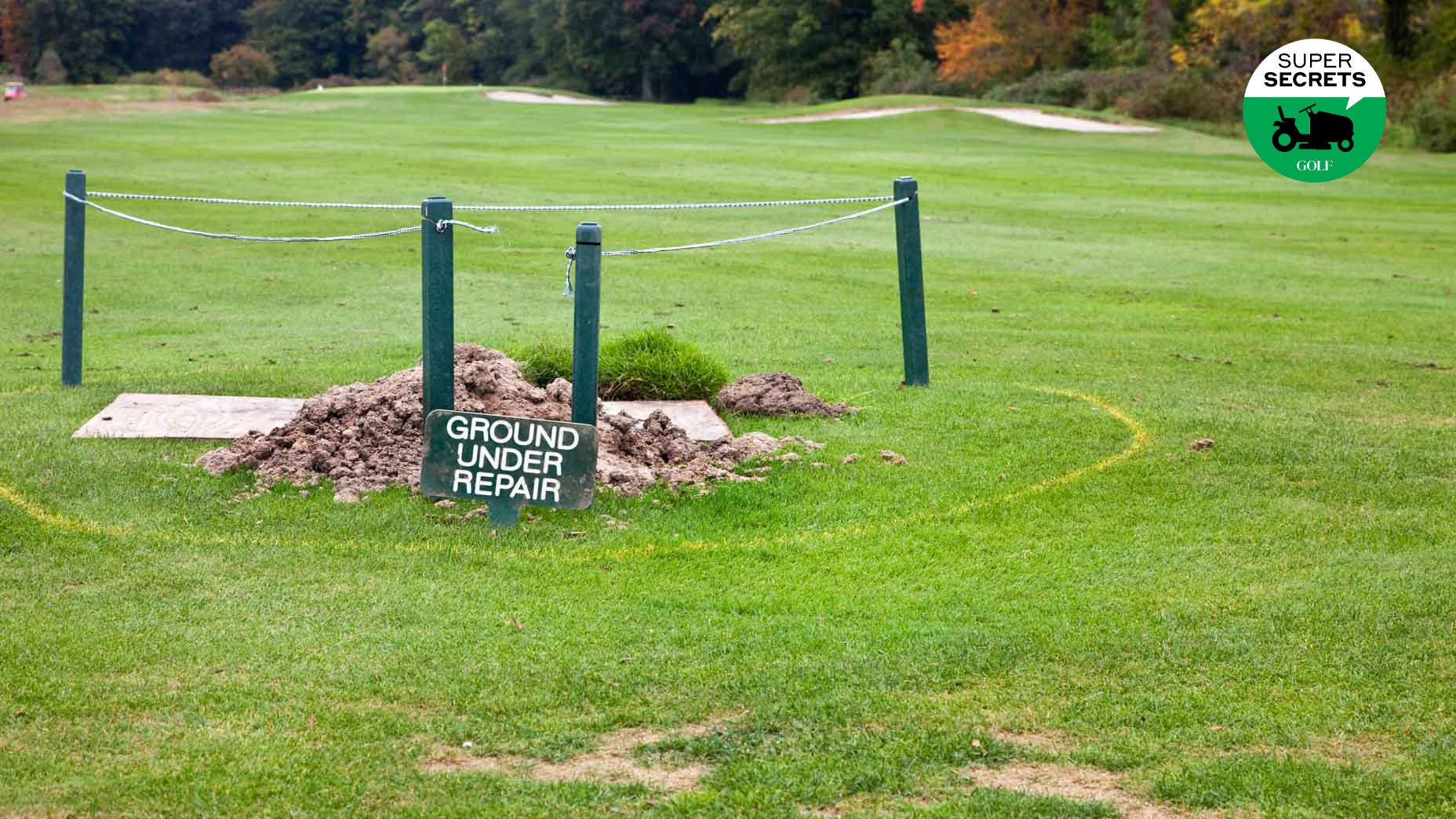We’re used to golfers griping about turf conditions.
Last Sunday, the guys from the gridiron took their turn.
Even as it went down to the wire, Super Bowl LVII went down in the records for having what one lineman called “the worst field I ever played on.”
On Monday, the NFL released a statement saying that the field at State Farm Stadium, in Glendale, Ariz., “met the required standards for the maintenance of natural surfaces, as per NFL policy.” The league added that the turf had been “tested throughout Super Bowl week and was in compliance with all NFL practices.”
So, what was the problem? Why so much slipping and sliding?
Mike Richardson, a longtime member of the Golf Course Superintendents Association of America, is a professor of horticulture at the University of Arkansas, where the football field was named the 2022 College Football Field of the Year by the Sports Field Management Association.
Call it the Oscars of sports agronomy.
9 things we saw, heard and learned at the golf-course superintendents’ trade showBy: Josh Sens
It so happens that the field at Arkansas features Tahoma 31, the same strain we saw in this year’s Super Bowl.
There was, in other words, no other call to make. We rang up Richardson to ask him what he thought went down in Arizona (aside from the players themselves); what there is to know about Tahoma 31; and whether the Super Bowl had teachable moments for those of tending to turf at home.
GOLF.com: I assume you watched the game?
Richardson: I did. And my phone was blowing up with people asking me what was going on with the turf? After about 10 minutes, I figured I should turn my phone off. What’s going on with the turf? I’m just eating some chicken wings and trying to watch the game!
GOLF.com: More on those Super Bowl conditions in a minute. But first: the grass for the game —Tahoma 31 — is the same strain used at Arkansas, so you know it well. What can you tell us about it?
Richardson: It was developed at Oklahoma State, where they have a long history of developing Bermudagrass cultivars. They’re in Stillwater, and one of the main things they select for is having a high cold tolerance. Bermudagrass is susceptible to winter kill, and Tahoma 31 is one of the better ones we’ve seen in terms of being able to survive the winter.
GOLF.com: I assume it’s also drought-tolerant, pest-tolerant, bad-golfer tolerant?
Richardson: It is. Regardless of which university is testing grasses, these grasses go through a range of rigorous testing for different stresses like drought or traffic tolerance to cold tolerance to the ability to hold together as sod.
GOLF.com: Is it used much in golf?
Richardson: It is certainly used as a golf course grass. But the development of courses has hasn’t been too strong of late, and that’s normally where you’d see a new grass being used: where a new course is being built. At a course that’s already in operation, they’re often hesitant to close for three months to re-plant it to a new type of grass. So, it’s been used on courses, but probably not as much as on sports field because it’s not as easy to do.
6 grass types every golfer should know, and how each affects your gameBy: Josh Sens
GOLF.com: Let’s get back to the Super Bowl field. What the heck was going on?
Richardson: First and foremost, I wasn’t there, and I wasn’t involved with putting the sod down, so I can’t say for sure. But from everything I’ve read, they took a typical approach that’s been used in the Super Bowl for more than 20 years. You grow the sod somewhere close to the site, overseed it with perennial rye grass and then harvest the sod using big rolls that are like giant toilet paper rolls that weight almost a ton. You harvest the sod that way, transport it to the stadium and lay it down.
GOLF.com: Are there any pitfalls you have to watch out for?
Richardson: From an ergonomic standpoint, just about any field you sod, you want to give it about a month to two months to let it knit together and root down really well.
GOLF.com: On Twitter — yeah, I know, not always a lock-solid source — there were people saying that they laid the field down about two weeks ahead. Could that have been a factor?
Richardson: I saw that speculation. I don’t know if it’s true. If I’m consulting on a project, I would always want to have at least a month to two months of good growing conditions. But again, this is something they do all the time in football. If you look at the NFL, a lot of times in northern environments when a field gets really beat up, they’ll cut out the part of the field that’s damaged and re-sod with large rolls of sod and it’s ready to go. The nice thing about those rolls of sod is that it’s not like they can slip. As I said, each weigh close to a ton. Even a big linebacker or lineman cutting on that field wouldn’t cause the sod to move. If it was those small pads of sod like on your lawn, it wouldn’t be a matter of slipping. Whole pieces of sod would come up.
GOLF.com: More Twitter speculation. There were people saying that the Super Bowl field was most slippery where the turf had been painted.
Richardson: There is no scientific evidence to my knowledge that shows paint makes conditions slippery or gives you poorer footing. If you start looking at other factors—and I don’t have data to prove or disprove this but it is something else that has been speculated — it’s possible it was related to moving the turf from a desert environment to an air-conditioned environment where maybe it caused condensation on the surface. If you add moisture to the surface, there is the potential the painted areas would have a more slippery surface than the leaf blades that aren’t painted. But that’s still speculation. And again, from what I’ve seen and what I know about Tahoma 31, there was no smoking gun. There was nothing where you could say, well, they should have done this, and they shouldn’t have done that.
The best grass seed for your yard, according to a golf-course superintendentBy: Josh Sens
GOLF.com: What about when you’re sodding a lawn? Anything you should or shouldn’t do?
Richardson: With a lawn, you’re not as concerned with 300-pound men pushing and shoving on the field. If you were sodding your lawn, you’d get the soil prepped, do a soil test, maybe put down some fertilizer as needed based on the soil test. And once you lay the sod down, you could have a party on it that afternoon.
GOLF.com: When you plant grass seed, you need to water it pretty heavily. Do you have to do the same with sod?
Richardson: Sod doesn’t require as much water as seed. You still have to keep it wet. But once the soils under the sod is relatively wet and the sod is wet from a not-too-heavy irrigation, it’s pretty resilient at that point. You may have to water it every couple days, just to keep the surface wet.
GOLF.com: But you’re pretty much good to go?
Richardson: Like I said, you could have a party on it that day if it isn’t people pushing and shoving. Now, if you want to have a Super Bowl party with a flag football game, you’ll want to give it more time.
